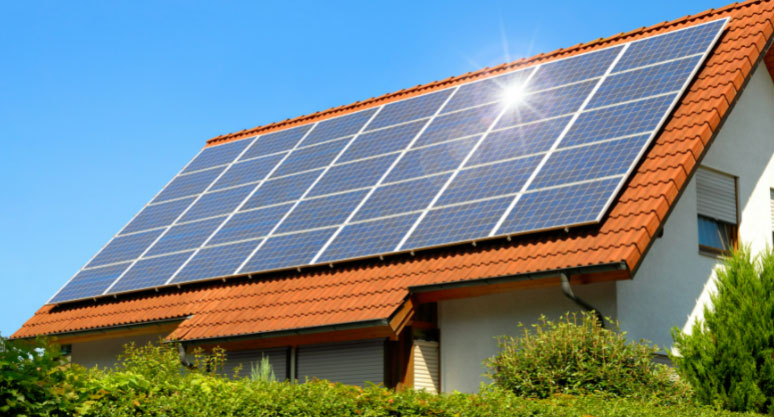Detailed explanation of main components and functions of polycrystalline silicon solar cell modules
Solar cell module refers to the smallest indivisible solar cell combination device with packaging and internal connections that can provide DC output alone. There are many types of solar cell modules.
According to the different types of solar cells, it can be divided into crystalline silicon (mono/polycrystalline silicon) solar cell modules. Amorphous silicon thin film solar cell modules and gallium arsenide cell modules, etc. According to the different packaging materials and processes, it can be divided into epoxy resin encapsulated solar cell panels and laminated encapsulated solar cell modules; according to different uses, it can be divided into ordinary solar cell modules and building material solar cell modules.
Polycrystalline silicon solar cell modules are a new generation of cell modules that have the advantages of high conversion efficiency and long life of monocrystalline silicon cells, and relatively simplified material preparation process. Polycrystalline silicon solar cell modules are the components of polycrystalline silicon solar cells. Let's learn about the main components and functions of polycrystalline silicon solar cell modules.

1. Tempered glass: its function is to protect the main cell of power generation. There are requirements for the selection of light transmission: (1) the light transmittance must be higher than 91%; (2) ultra-white tempering treatment.
2. EVA: used to bond and fix tempered glass and the main battery of power generation. The quality of transparent EVA material directly affects the life of the component. EVA exposed to air is prone to aging and yellowing, which affects the light transmittance of the module, which in turn affects the power generation quality of the module. In addition to the quality of EVA itself, the lamination process of component manufacturers is also very influential. If the adhesiveness of EVA is not up to standard, and the bonding strength of EVA to tempered glass and backplane is not enough, it will cause premature aging of EVA and affect the life of components.
3. Cells: The main function is to generate electricity. The mainstream in the power generation market are crystalline silicon solar cells and thin-film solar cells, both of which have their own advantages and disadvantages. The equipment cost of crystalline silicon solar cells is relatively low, but the consumption is high, the cost of the cells is high, and the photoelectric conversion efficiency is also high. It is more suitable to generate electricity in the outdoor sunlight. Thin-film solar cells have relatively high equipment costs, but low consumption and battery costs. The photoelectric conversion efficiency is a little more than half that of crystalline silicon cells, and the low-light effect is very good. It can also generate electricity under ordinary lights, such as solar cells on calculators.
4. EVA: The role is as above, mainly bonding and encapsulating the main body of the power generation and the backplane.
5. Backboard: Function: sealing, insulating and waterproofing. Generally, they are made of TPT, TPE and other materials. The backplane must be resistant to aging. Component manufacturers have a 25-year warranty. Tempered glass and aluminum alloy are generally no problem, the key is whether the backplane and silicone can meet the requirements.
6. Aluminum alloy: protect the laminate and play a certain role in sealing and supporting.
7. Junction box: It protects the entire power generation system and acts as a current transfer station. If a component is shorted, the junction box automatically disconnects the shorted battery string, preventing burnout of the entire system. The most critical thing in the junction box is the selection of diodes. Different types of cells in the module have different corresponding diodes.
8. Silicone: sealing function, used to seal the junction between the component and the aluminum alloy frame, the component and the junction box. Some companies use double-sided tape and foam instead of silicone. Silica gel is widely used in China. The process is simple, convenient, easy to operate, and the cost is very low.


View More(Total0)Comment Lists